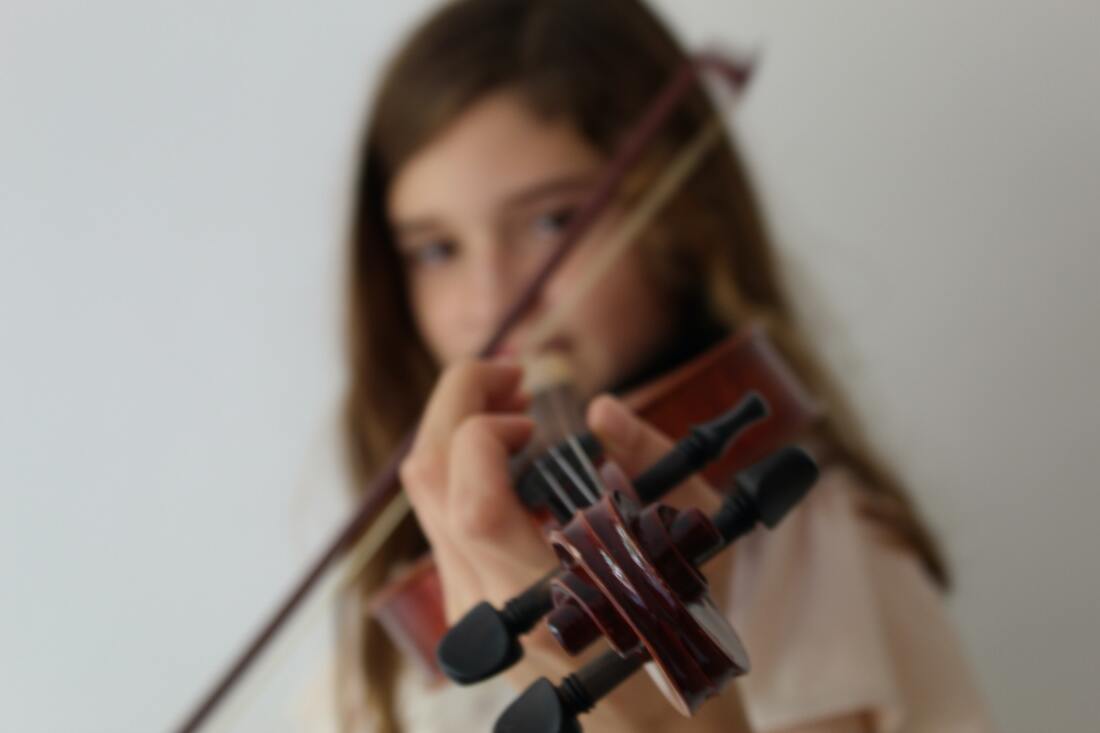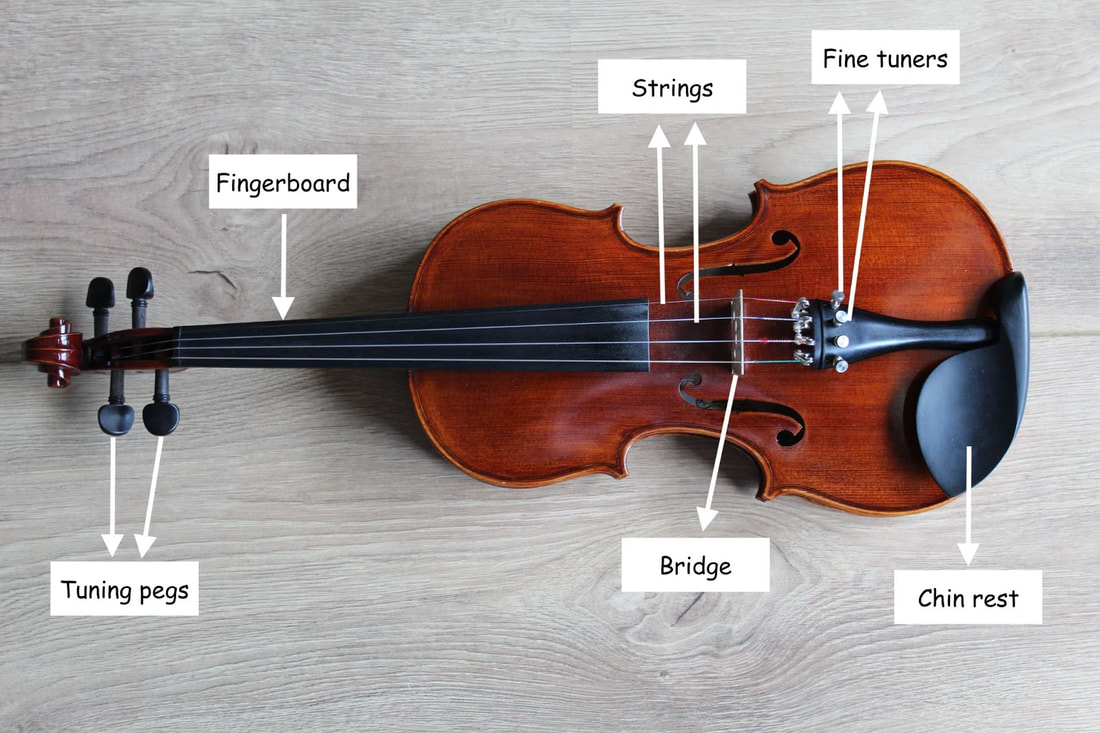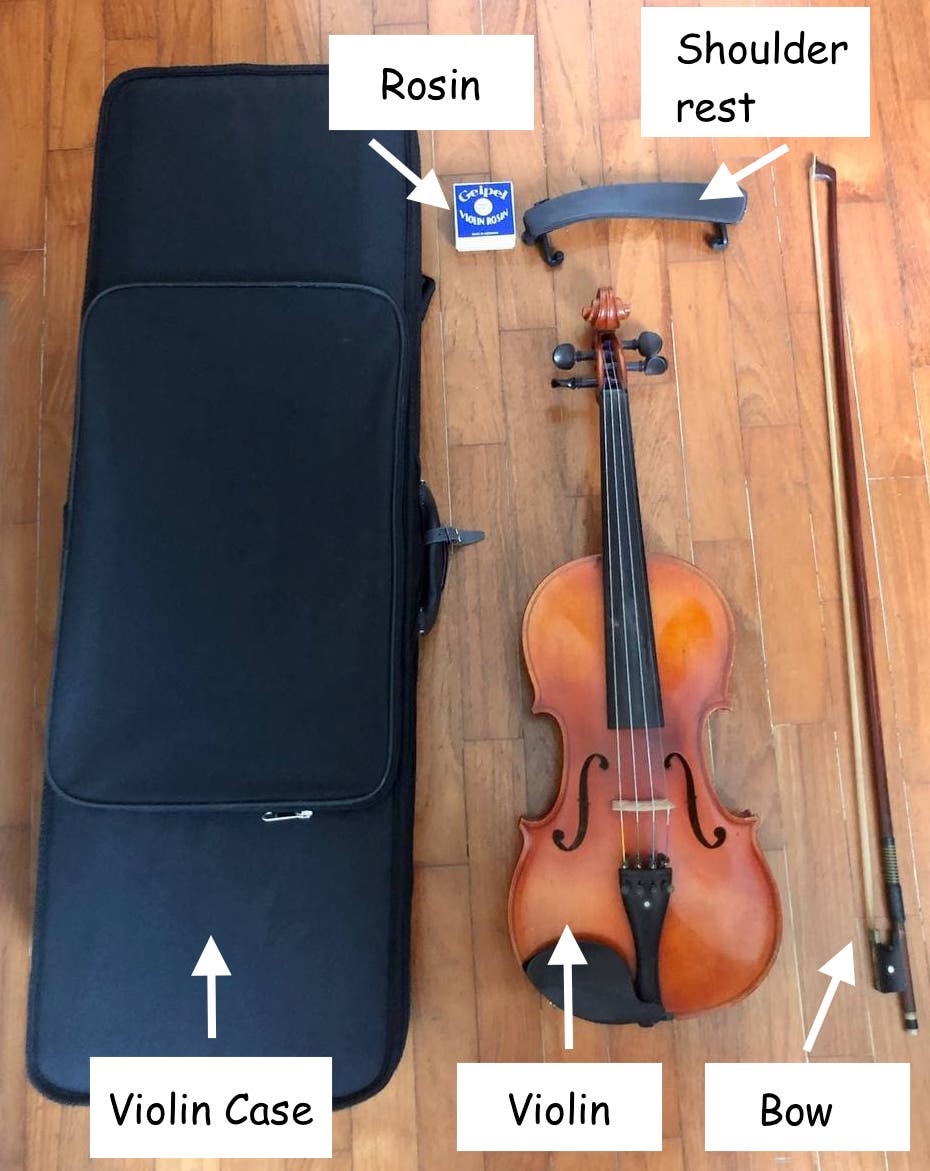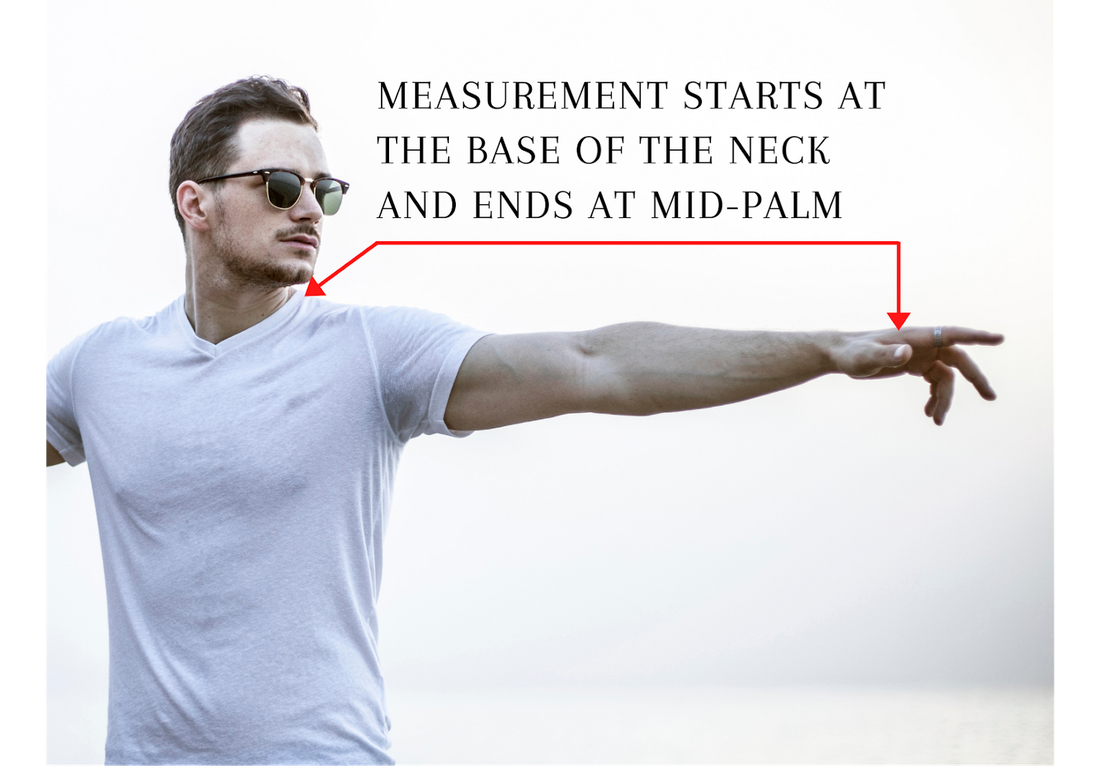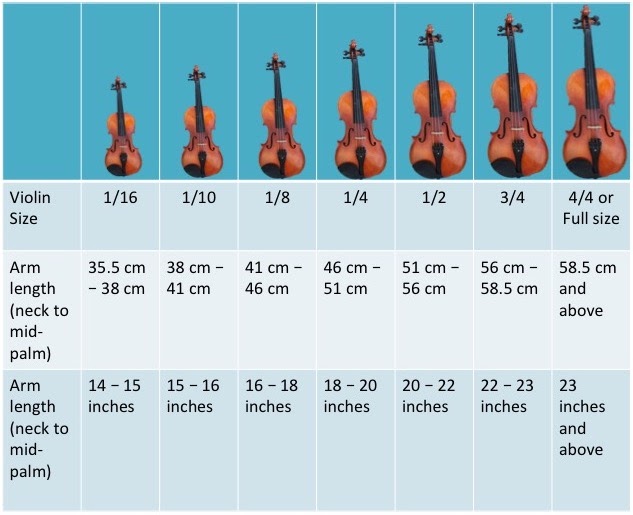|
|
Back to Blog
Buying your first violin?6/1/2021 Are you or your child interested in learning the violin? Are you looking to buy a violin but aren’t sure which one to buy? Fret not, this guide will tell you all the things you need to know about buying and choosing the right violin. The violin is a delicate instrument, with a beautiful sound that is attributed to the material and structure of a violin. There are varied qualities to choose from so it is important to have basic knowledge of the structure of a violin. The following guide will provide you with information on what to look out for when choosing a violin. What is the structure of the violin body?The violin is made up of different parts that are attached onto its wooden body. It is important to check that your violin has the following parts to it, as shown in this picture. (Photo by Lucia Macedo on Unsplash) Strings: The violin has 4 strings arranged in an order from the thickest to the thinnest. Bridge: The bridge holds up the 4 strings and allows you to cross from one string to another easily. Tuning pegs: There are 4 tuning pegs, one for each string, and they should be able to turn smoothly as they are used to keep the violin in tune. Fine tuners: The 4 fine tuners have the same function as the tuning pegs but they are designed to make it easier for players to tune their strings. Hence, the fine tuners are not mandatory for the violin but they are usually required for beginner players. Fingerboard: This is where you will place your fingers to press on different notes. Chin rest: This is where you place your chin to hold the violin with your neck. What accessories do I need to purchase besides the violin body itself?Besides the violin body, there are some accessories you need in preparation for your first violin lesson. 1. Bow The most important item is the violin bow. The bow is a wooden stick with horsehair and it is used to create sounds upon contact with the violin strings. You need the bow to play beautiful sounds on the violin. 2. Rosin The next item of great importance is the rosin. A rosin is made from the sap of pine trees and you will need to rub the rosin onto the bow hair before the bow is used to play the violin. Without the rosin, there is no friction to help the bow make a good sound on the violin strings. 3. Shoulder rest A shoulder rest is an accessory attached to the back of the violin. It provides a comfortable cushion for your shoulder and collarbone when you hold onto your violin with your neck. It also provides stability for players as it stops the violin from slipping off your neck. 4. Violin case You will need a violin case to store your violin and when you bring it for your lessons. You should also store your violin in the violin case when it is not in use in order to protect it from potential damage. How do I choose the right violin size?Violins come in various sizes. Adults will tend to use the standard size violin, also known as the full size or 4/4 size violin. For children, there is a range of violin sizes to choose from, such as the 3/4 size, 1/2 size, 1/4 size etc. It is very important to choose a violin of the right size as this will affect the level of comfort you have with the instrument. If the violin is too heavy for a child, the child may experience discomfort at the neck, and may possibly lose motivation in playing. You can measure your child’s arm length to determine the right violin size. To measure the arm length, your child needs to extend his/her left arm outwards completely straight, and then take the measurement from the bottom of the neck to the middle of the palm. Once you have the measurement of your arm length, you can use this chart below to find out which violin size is the most appropriate for your child. Lastly, it is important to note that violins, bows, shoulder rests and cases all come with matching sizes. A 1/4 size violin would require a 1/4 size bow to play with, a 1/4 size shoulder rest, and a ¼ size casing to store the violin in.
We hope that this guide will help you to make an informed decision in choosing the right violin for you or your child. If you are ready to purchase a violin, check out our package here. If you still have doubts on how to pick a violin, it is always best to consult your violin teacher for advice. If you do not have a violin teacher and are looking for violin lessons, Learn 2 Play Music Academy also offers violin lessons. Register for our complimentary trial class here! Comments are closed.
|

